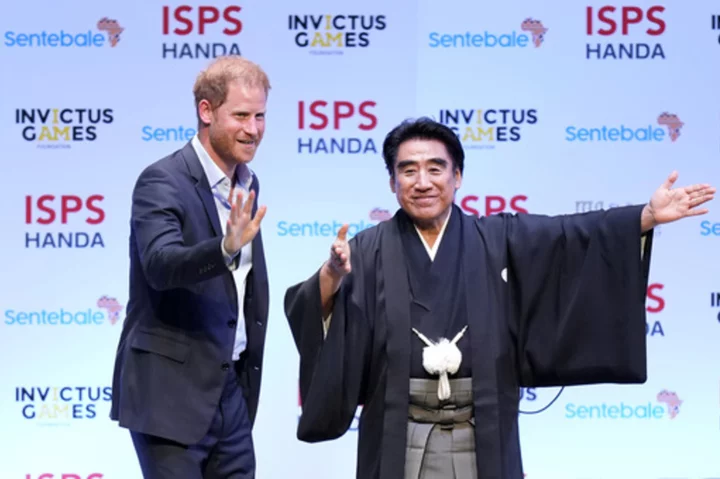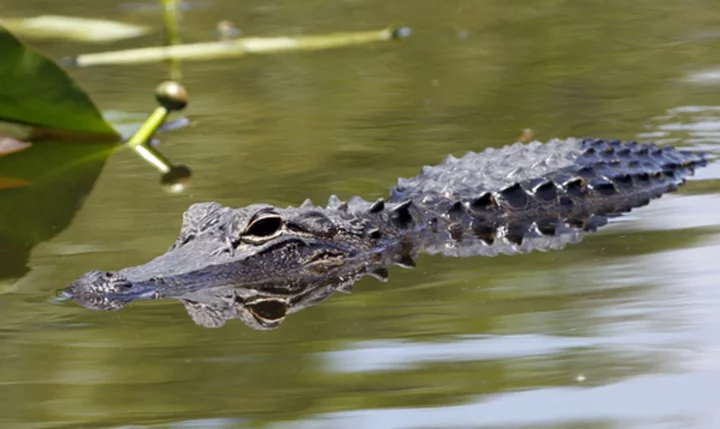For at least 500 years—and maybe more—pigeon fanciers have bred wonderfully bizarre-looking pigeons. Today, there hundreds of breeds and colors, and, just like cats and dogs, there are competitions to see who most closely matches their “breed standard.” Here are some of the gems of the fancy pigeon world.
1. Fantail
These flashy birds are probably the most recognizable and well-known of the fancy pigeons. Their peacock-like tails, prominent chests, and curved necks are a hit in bird shows and fairground livestock shows around the world.
They serve more purpose than just flashiness, though. Racing or homing pigeon breeders often keep fantails at the front of the dovecote while they’re training their new prospects. The highly visible fantails guide the young ones home like a beacon. Some fantail breeds have less erect tail feathers (such as the Garden Fantails) and are much more capable in flight than the Exhibition Fantails. All of them are missing the oil preening gland at the base of their tails though, so they can be prone to get cold when they get wet.
2. Scandaroon
Possibly one of the oldest breeds of pigeon bred for its looks (in addition to its utility as a food source), the Scandaroon is believed to date back to the time of Alexander the Great. They have large, downward-curved bills, which are covered by a large wattle (knobby fleshy covering) on top, their eyes are bright and accented, and surrounded by well-developed ceres (a fleshy red ring). They’re part white, or piebald, and larger than your average street pigeon.
3. Jacobin
These were named because of their “mane,” which resembled the cowls of Jacobin monks back when the breed first gained popularity. These days, the mane of most Jacobin types is so pronounced you can’t see the head of the pigeon from the side.
Aside from their giant mane, these are slender, shapely creatures, with long legs, a slim tail, and an upright posture. The birds who are most “showy” and who like to fluff up their feathers and strut are highly valued in competition.
More Articles About Pigeons:
4. Frillback
These breeds are the earliest known pigeons to be bred solely for ornamental purposes, and not for meat. The curly top flight feathers appear to be almost lacy, but come at the expense of effective flight. While they’re able to fly much better than chickens, and can fly “normally” to escape predators or get out of a rut, they have to expend more energy than your average pigeon.
This factor, along with their larger size, means these birds generally prefer to walk or run, rather than fly. These fancy feathers also mean that the frillback breeds have no water resistance and are highly susceptible to cold if wet, like the fantails. The frillback mutation is autosomal dominant, so if one parent has just one copy of the gene, there’s a 50/50 chance that the offspring will have frilled feathers. The dominance of this gene means that the frill trait has been transferred to some types and families of other fancy breeds.
5. Cropper
All pigeons inflate their crops (an organ in their throat that grinds up food) while strutting in front of others, but the croppers take this to the extreme.
Their crops are highly developed, and they love to puff their chests out when they’re in play, and not just when they’re trying to find a mate. Despite what looks like a top-heavy bird, the fact that the crop is filled with air means that they’re not going to tip over at any moment.
Most Croppers have been bred to have a long back, stand up straight, and for their tendency to puff up. Some have other body shapes, but all are bred with the inflatable crop in mind. These breeds actually have more vertebrae and a larger ribcage than the Rock dove. Croppers are also some of the more affectionate pigeons, known to bond and play with their handlers.
6. Hen
Bred to look like their namesake, the “Hen” breeds, such as the small German Modena and the massive King Pigeon, look much like chickens on stilts. Their short tails are upright, and their plump bodies and necks curve in such a way that they look more like poultry than pigeons. The larger members of this family are generally ground-dwellers and not prone to fly off, and are often allowed outside in chicken-like coops.
7. Archangel
This is one of the most striking “color” breeds. Their iridescent bodies and contrasting wings create an impressive sight, and it’s not hard to see why this breed was the most popular fancy pigeon in Germany and the Rhine for decades.
While the color specifications for the breed standard have changed over the years, the body type has remained largely the same: a stately, large bird, with a well-formed head and proportionate beak. There are many color breeds out there, and they’re some of the most popular “starter” pigeons.
8. Trumpeters
This diverse group of breeds is showcased primarily for their odd vocalizations and calls, and is known as the “voice” pigeons. Some of the breeds sound trumpet-like, while others make drumming or laughing sounds, but all have sounds that differ from your average pigeon.
Though their sounds are important, they’re also judged on looks. Some, like the Arabian trumpeter, look like a fairly standard pigeon. Others, like the Bokhara trumpeter, look like their head was chopped off and they squished another pigeon beneath their ostentatiously-feathered feet. (An English trumpeter is featured above.)
9. Tumblers
One of the most popular and prized show birds in the Victorian era was a “performance bird”—the Almond Tumbler. Like other Tumblers, the birds were originally bred because of their curious flight patterns. After flying very high up, they do a series of very fast, very impressive back flips, before flying straight up again. Of course, this bizarre flight would make them prime prey for hawks and falcons, but for their breeders, the most brilliant feathers and fastest spins are exactly what’s wanted for the next generation.
One family of this breed, the Short-Faced Tumblers (of which the Almond Tumbler is a member), is loved for its very “dainty” look, but this look is at the expense of beak length; the tiny beaks of the family (and the Short-Faced types in other breeds and families) mean that they can no longer effectively feed their young, and the squabs must be hand-raised.
A version of this article was originally published in 2014; it has been updated for 2023.
This article was originally published on www.mentalfloss.com as 9 Bizarre and Beautiful Fancy Pigeons.









